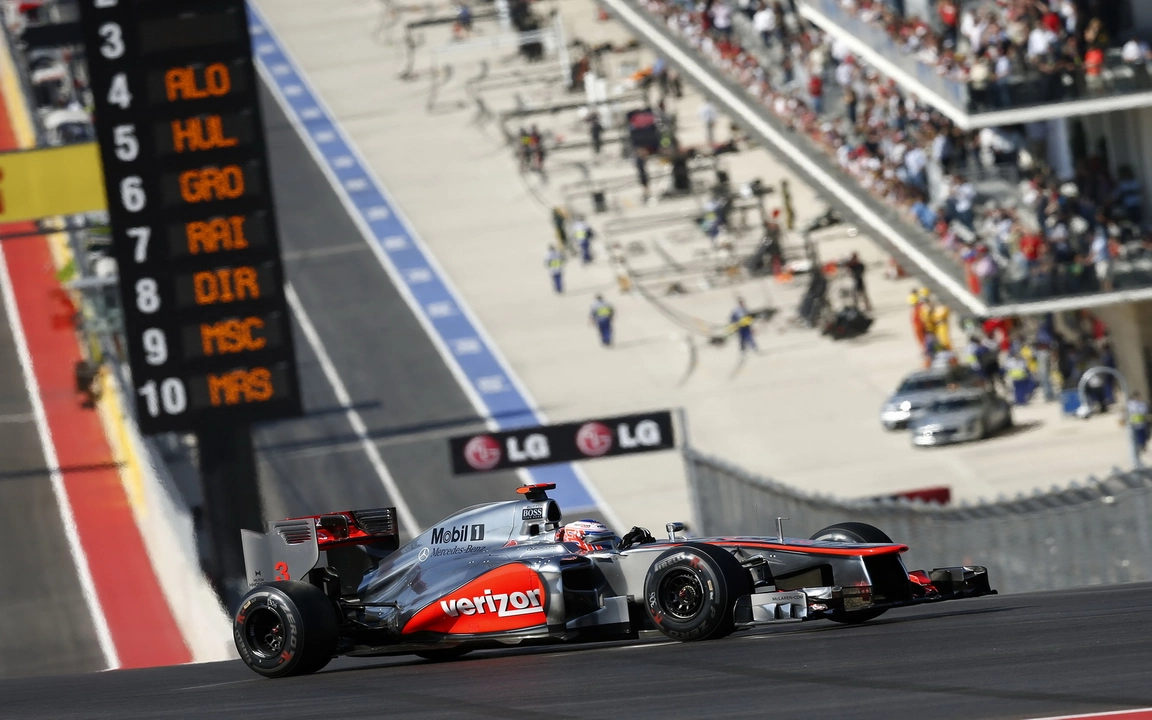Formula One Popularity in the United States – May 2023 Archive
When talking about Formula One, the premier global open‑wheel racing series. Also known as F1, it attracts fans worldwide with high‑tech cars and exotic circuits. In the US, however, the picture looks different because other motorsport traditions dominate. For example, NASCAR, stock‑car racing with deep roots in American culture and IndyCar, the national open‑wheel series focused on oval and street tracks already capture most of the local audience.
One key reason Formula One struggles in the US is the entrenched motorsport culture. The country’s love for high‑speed, wheel‑to‑wheel battles on oval tracks fuels NASCAR’s massive TV ratings, while IndyCar’s mix of ovals and city streets gives it a home‑grown edge. This cultural preference means that when a new series arrives, it has to compete for attention, sponsorship, and track time. Another hurdle is the time‑zone mismatch; most F1 races occur in Europe or Asia, so live broadcasts often fall in the early morning or late night for American viewers, making it hard to follow week‑by‑week. Additionally, the sport’s global focus—different languages, teams, and sponsors—doesn’t always click with an audience that values domestic stories and familiar faces. The lack of a consistently successful American driver or team in recent F1 history only widens the gap, as fans usually rally behind local heroes.
Despite these challenges, there are signs of change. The US‑based Grand Prix in Austin draws sizable crowds, and streaming platforms now offer flexible replays, reducing the time‑zone pain point. Young fans, exposed to F1 through video games and social media, are more open to the sport’s international flair. If the series can nurture an American driver pipeline and keep races at fan‑friendly times, the cultural friction could ease. In short, the relationship between motorsport culture and viewer habits shapes the popularity of any racing series, and Formula One is no exception.
Below you’ll find a focused discussion that digs deeper into these dynamics, offering insights on how each factor—from established racing series to broadcast timing—plays a role in the US’s reception of Formula One. Let’s see what the May 2023 posts reveal about the sport’s standing and where the opportunities for growth might lie.
As a huge Formula One fan, I've often wondered why this thrilling sport isn't as popular in the US as it is in other countries. After some research, I found a few reasons: firstly, the US has its own well-established motorsport culture, like NASCAR and IndyCar, which tend to overshadow F1. Secondly, the time difference between the US and many F1 race locations can make it difficult for American viewers to catch live events. Additionally, F1 has a more global focus, which might not resonate as strongly with some American audiences. Lastly, the lack of a consistently successful American driver or team in F1 could also contribute to its lower popularity in the US.

 Motorsports and Racing
Motorsports and Racing